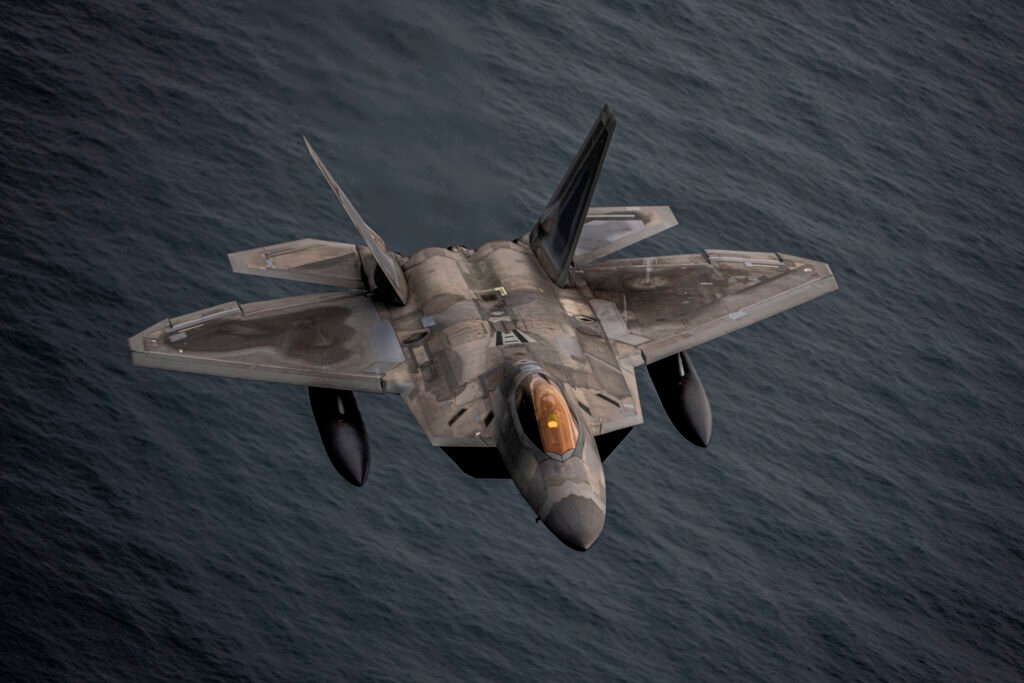The Ace-One Technology
The ACE ONE concept was completed in 2014 after the Russian Federation launched an unprovoked war against Ukraine, seizing the sovereign Ukrainian territories of Crimea, Donetsk and Luhansk regions. Immediately after this attack by the Russian Federation, it became clear that the existing Ukrainian-aged fleet of Soviet (Russian) 4th-generation fighters with outdated low-precision weapons and the absence of modern air reconnaissance and management systems do not allow Ukraine to provide the necessary air support for ground operations and cast doubt on the possibility of sustaining the superiority in its own airspace, since already by that time the Russian federation had aviation equipment and weapons comparable in characteristics to modern Western ones
By 2014 Ukrainian industry of microelectronic chips, radio- and electro-optic components development and manufacturing has also been destroyed. Still, Ukraine possessed (and still does) the development and production of aviation turbojet engines at Ivchenko-Progress and Motor Sich enterprises.

The availability of the Ukrainian efficient AI322(F) engine allowed to have a vision of an affordable, configuration-agnostic solution with a minimum cost of a missile firing or combat weight delivery per sortie in the contested or denied airspace. To keep the cost down, e.g., rare or exotic materials are not allowed for listing in the specifications, as well as the use of carbon fiber reinforced plastics (CFRP) is minimized because of the high risk of export restrictions, relatively high cost and weight penalty due to lightning protection considerations.
The access to microelectronic, radio- and electrooptic components is envisioned to be guaranteed by a long-term partnership with developed democratic world countries, and the Republic of Korea is considered as the Primary Partner. Furthermore, the enterprises of the Republic of Korea are invited as Partners much beyond the electronics area.
By 2021 it was obvious, that the Russian Federation had been preparing a full-scale invasion of Ukraine, however, the timing and scale were not clear. Because of this, the project was publicly positioned as a purely defensive aerial component of the local air defense system, deliberately not mentioning the ability to break through the enemy’s air defense.
In order to further emphasize the defensive purpose of the platform for the adversary, the shape of the airframe was deliberately shown as tailless with normal maneuverability.
